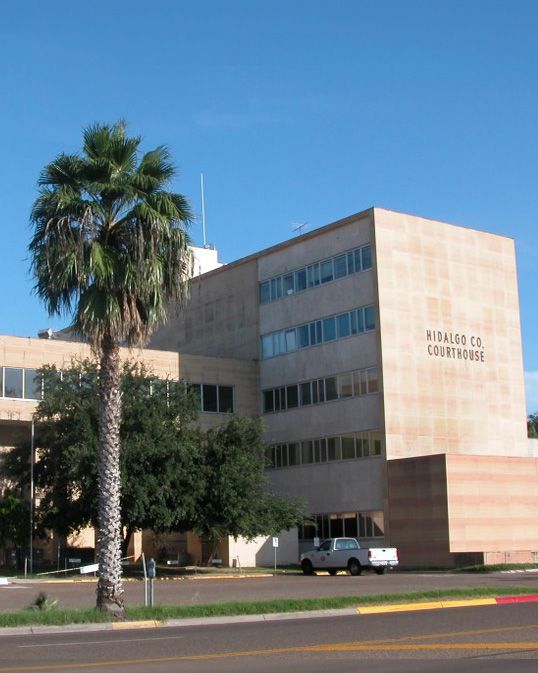If a Bicyclist Is Hit by a Car at Night, but Is not Wearing Reflective Equipment, Who Is Liable for Damages?
LAW BLOG •
Riding a bicycle can be a great way to get around. It is good exercise, relatively quick, and if the proper measures are taken can be a very safe way to travel. However, there are frequent reports of injuries sustained by cyclists when they have come into contact with a vehicle on the road. Often, the law favors cyclists in court, due to the difference in size and damage potential between the two modes of transportation, but this is not always the case. If a bicyclist isn’t obeying the laws of the road, a driver could potentially escape liability.
Cyclists Neglecting to Make Themselves Seen
In Texas, there is a set of laws in place that is intended to protect cyclists, drivers, and pedestrians called the “rules of the road.” As a bicyclist, it is your responsibility to review and adhere to these laws. Failure to do so leaves you at risk for injury, making it difficult to prosecute the other parties involved in your bicycle accident. One of these laws governs visibility on the road.
As of 2001, the law requires all cyclists riding at night to have a white headlight on the front of their bike and either a red light or reflective piece on the back, so that they might be more visible to cars and others on the road. If a cyclist fails to adhere to these laws and a traffic accident occurs, it may be more difficult for that cyclist to press charges against the party with whom they crashed. It is not impossible, however, as each case is varied based on a wide range of factors.
Bicycle Safety
There are many things bikers must take into account before entering the road way, with visibility increasing gear ranking among them. Following are a few tips that, if followed, leave cyclists both physically and legally protected on the road:
- Obey traffic laws. A bike is legally considered a vehicle, and therefore is held to the same standard a car would be. Cyclists are required to stop at each intersection, yield to other vehicles, and obey the speed limits in the areas they are riding.
- Use hand and arm signals. In lieu of turn signals, bicyclists are required to use their arms to indicate which way they intend to go. By making motorists around them aware of their intention to turn or change lanes, bicyclists can protect themselves from accident and injury.
- Ride with traffic. It is illegal to ride against traffic on a bicycle, not to mention dangerous. Cyclists are required to ride with the flow of traffic, thereby increasing visibility and decreasing the chance of an accident.
- Try not to pass cars on the right. Passing on the right is illegal for a reason; the ability for the car you are passing to see you is greatly diminished by their blind spot while you are approaching and going by. For bicyclists especially, this law should be adhered to, even at intersections.
How Liability Is Established
An accident involving a bicycle and a car isn’t exactly like a two vehicle collision, but it does share many features. For instance, if one party is in violation of the rules of the road their case in the accident will likely be the weaker one. Liability is determined by examining who stands primarily at fault, and if a motorist in unable to see a cyclist due to lack of gear, the results may favor the driver.
Avoiding Damage With Attorney Help
If you are a motorist who has struck a bicycle or are a cyclist who has been involved in an accident, the best way to ensure your rights are protected is by consulting a personal injury specialist. For questions or concerns regarding a recent accident, contact one of our legal staff today.
Every state limits the amount of time you have to file a claim.
Don't Delay.
Contact the Attorneys at Gordon & Elias, LLP Today to preserve your right to a recovery.
Contact Us
We will get back to you as soon as possible.
Please try again later.
100% FREE CASE EVALUATION
Free Consultation • No Fee If No Recovery



